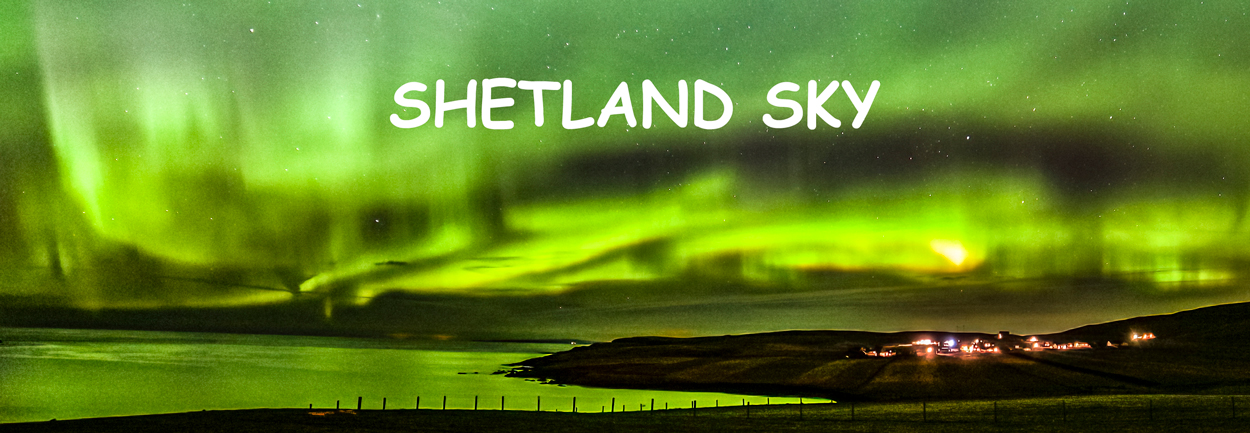Until we moved to Shetland we never had a chance to see the extent of the Milky Way, this was all down to light pollution. Even if we went to our darkest spot, mid way between Sheffield and Manchester, in the Derwent Valley we would still see light pollution. Then moving to Shetland we could find darker areas, when combined with a new moon it gave us a chance to see the superb Milky Way and to photograph it.
All photo from St Ninian's Isle, Shetland
While we may be able to get impressive photos from earth nothing will compare to those of Gaia which is a giant telescope launched towards the back end of 2013 and will transmit a map of the Milky Way on its Billion Pixel camera in a few days time on the 14 September 2016- so keep a look out for this.
I was pleased to capture 3 satellites in this photo
Cosmos 332 Rocket
Cosmos 371 Rocket
Cosmos 2233 Rocket
(all within 33 seconds SSW)
The more light that is captured the better, resulting in a more detailed photograph with less noise.
There are Dark Sky Discovery sites around the UK-
http://www.darkskydiscovery.org.uk/dark-sky-discovery-sites/map.html
A map shows where the best places are to see the Milky Way, but amazingly none are listed in Shetland.
A recent survey claims that 60% of Europeans and 80% of Americans cannot see the Milky Way due to light pollution
For more Shetland Photos see my blog www.amazingshetland.co.uk





No comments:
Post a Comment